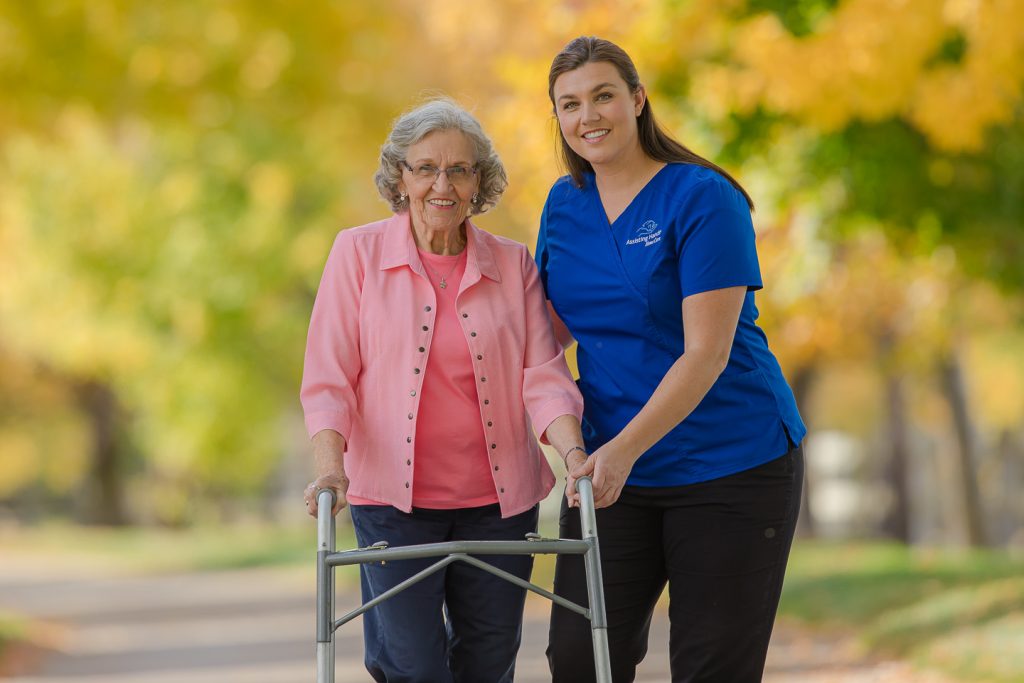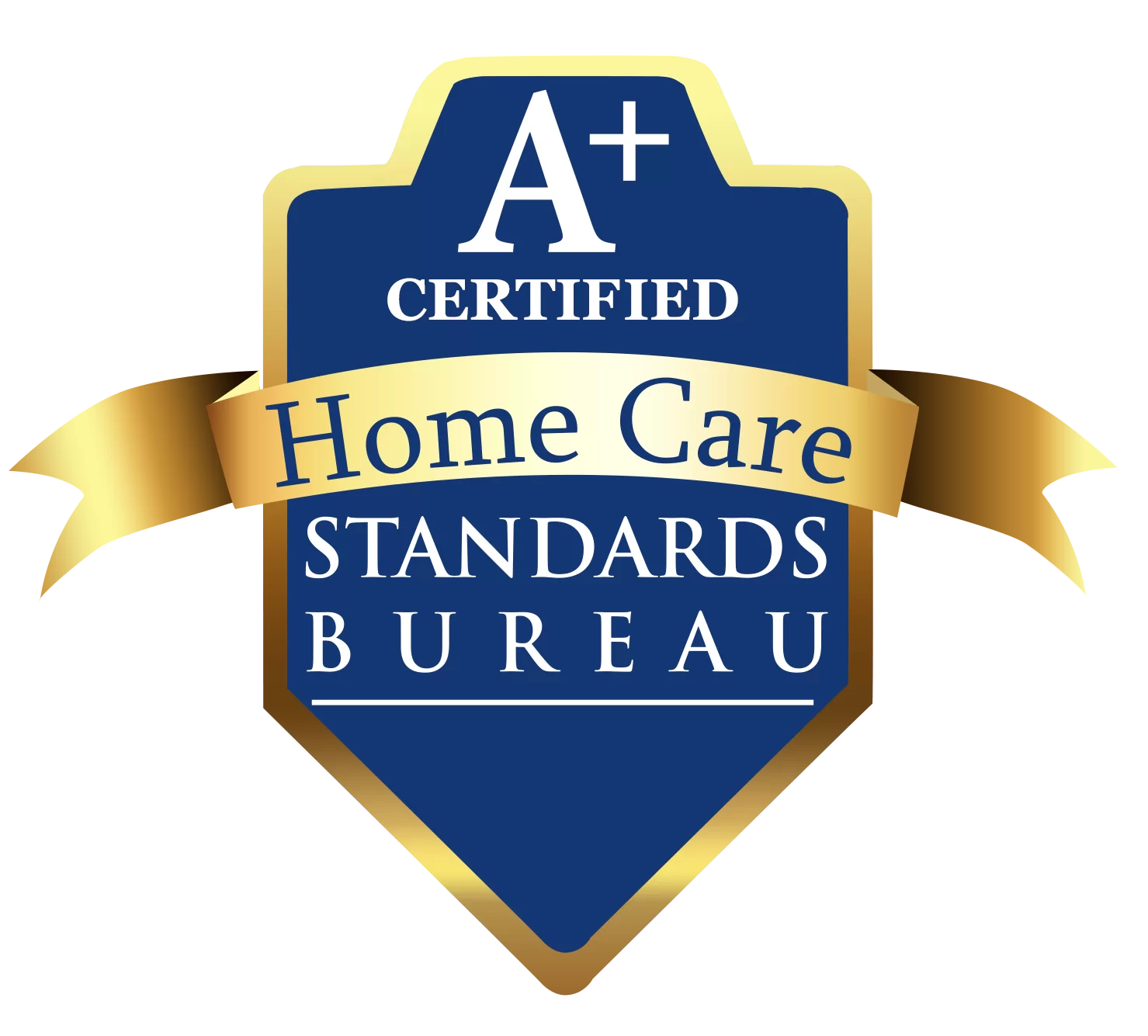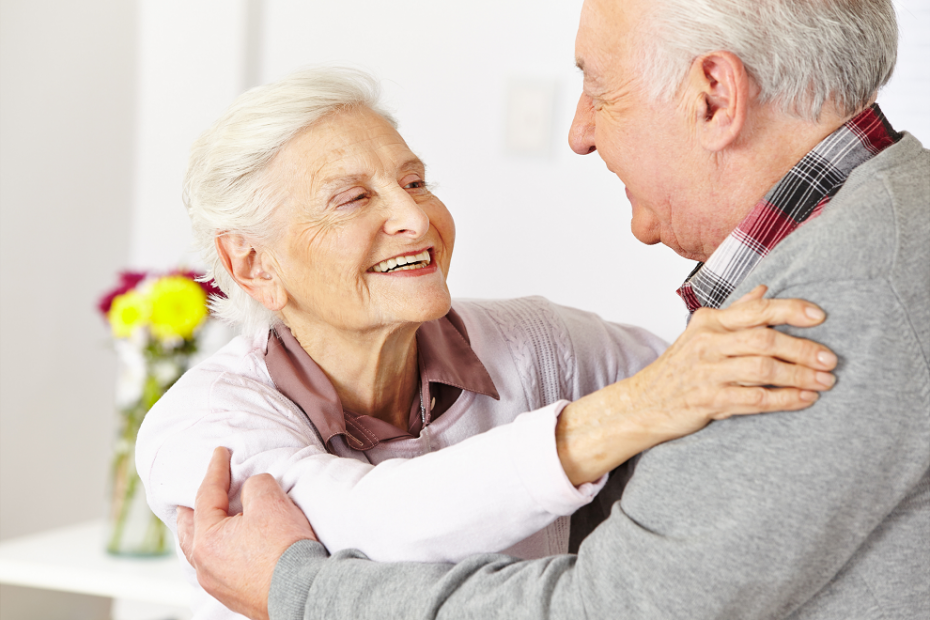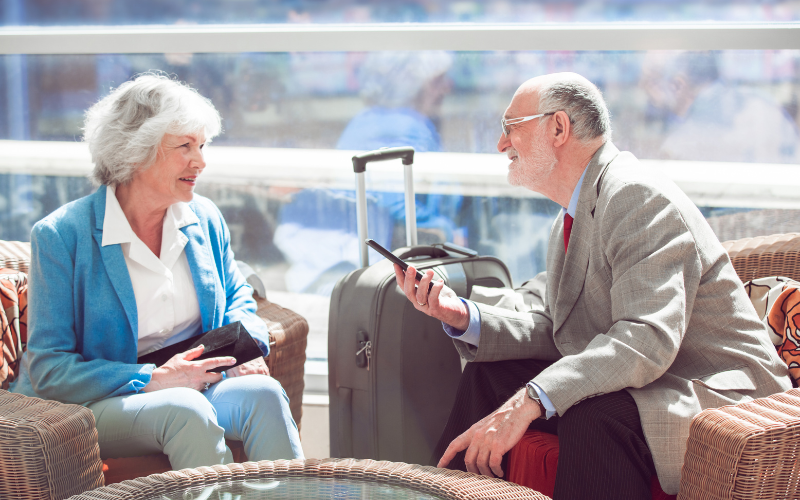
As your senior loved ones get older, it is important to ensure that they get enough daily physical activity so that they can live fulfilling lives as they age. In recent years, researchers have been looking at this demographic as there has been an increase in the older population since the 1900’s. It is estimated that there will be over 92 million older adults living in the US in 2060.
After looking at data about the activity levels of seniors in the United States, researchers found that after the age of 60, their physical activity decreases. They become more sedentary due to medical conditions, physical limitations, culture, and time constraints. Therefore, they conducted studies to see if dancing may be a good and engaging activity for seniors, as it can be modified to fit different ages, physical activity levels, and even cultures.
How Dancing Benefits Seniors
In an article published in PMC, US National Library of Medicine National Institutes “The Effectiveness of Dance Interventions to Improve Older Adults’ Health: A Systematic Literature Review” by Phoebe Woei-Ni Hwang, MS and Kathryn L. Braun, DrPH, it is suggested that dance can improve muscular strength, endurance, and functional fitness in older adults.
Aside from physical activity, they looked at other ways in which dance might be beneficial for the elderly population. Dance therapy, as identified by the American Dance Therapy Association is called “the psychotherapeutic use of movement to further the emotional, cognitive, physical, and social integration of the individual.” It has been shown that seniors who utilize dance show greater posture, flexibility, balance, and even cognitive performance than those who do not dance regularly. This makes sense as dancing requires a specific posture, and with time and practice, it can improve balance and flexibility. The fact that dance promotes cognitive performance is something that is a great benefit as well as it is common for older adults to lose cognitive function as they age.
Dancing is also shown to be an aesthetic form of artistic expression. The physical results produced by dance are similar to those of formal exercise training. Outside of physical results, dance also has the power to improve social and behavioral factors improving the emotional, psychological, and physical well-being of seniors.
Qualitative studies showed that aesthetic forms of expression contribute to older adults’ physical, intellectual, and social development. Therefore, dancing is a great activity that can be modified for different ages, activity levels, physical limitations, and even culture.
Incorporating dancing into the lives of the elderly was found to be important. However, it should be mentioned that it is crucial that the elderly also follow proper nutritional guidelines along with the practice of dancing to ensure they are fueling their bodies. Researchers found no matter what type of dancing the elderly utilized (contemporary, ballroom etc.) it was a great medium to promote their physical health. But when it comes to dancing, consistency is also a factor. It is suggested that dance program sessions should be at least 45 minutes per session for at least 6 weeks and the progress should be tracked. This means that consistency will provide greater results as opposed to just utilizing dancing occasionally.
When it comes to dancing being used a form of exercise for seniors, researchers need to do more studies to see if muscular strength, endurance, and balance are affected by dancing. That will help them figure out if dancing supports physical mobility and independence in older adults. Therefore, seniors should still have an exercise program that they follow consistently, and they can incorporate dance as well as a fun activity that will benefit their overall health.
There is no denying that dancing is beneficial for older adults. Further studies are needed to figure out how dance affects physical health, but currently there is strong evidence that various types of dances, even if utilized irregularly, improve the functional fitness of older adults. Even though dance may not significantly change their body composition, it is still beneficial. Future studies will look at physical effects of dance, how it affects older adults when it is combined with nutritional education, and the psychological impact of dance and why it is important to keep dancing to promote physical activity in older adults.
What we can takeaway from these studies is that older adults need movement. A sedentary lifestyle is not healthy. Dancing is a fun way to promote their physical activity and even cognitive function. Even if dancing must be adjusted to their physical limitations, it is a great way to promote movement and should be utilized.

Do you have senior loved ones who might need assistance at home? At Assisting Hands Home Care, we offer elderly care and companion care in which we will cover the personal care needs of your loved ones and we can accompany them with fun activities like dancing.
You can call us at (630) 634-9316 to learn more.
















